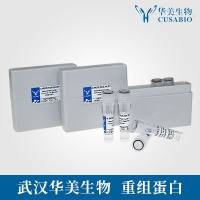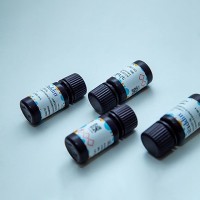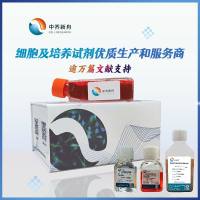Neisseria gonorrhoeae: Detection and Typing by Probe Hybridization, LCR, and PCR
互联网
互联网
相关产品推荐

Recombinant-Neisseria-meningitidis-serogroup-B-Undecaprenyl-diphosphataseuppPUndecaprenyl-diphosphatase EC= 3.6.1.27 Alternative name(s): Bacitracin resistance protein Undecaprenyl pyrophosphate phosphatase
¥11214

牛血清白蛋白;阿拉丁Endonuclease, Exonuclease, Rnases, 无蛋白酶, blood typing: suitable;阿拉丁
¥1528.90

人II型糖尿病(晚发性、胰岛素抗性)定量PCR芯片试剂盒
$240

γ-氨基丁酸试剂盒,用于样本中GABA含量检测,微量法,GABA Content Detection Kit
¥358

Hemagglutinin/HA重组蛋白|Recombinant H1N1 (A/California/04/2009) HA-specific B cell probe (His Tag)
¥2570
相关问答

